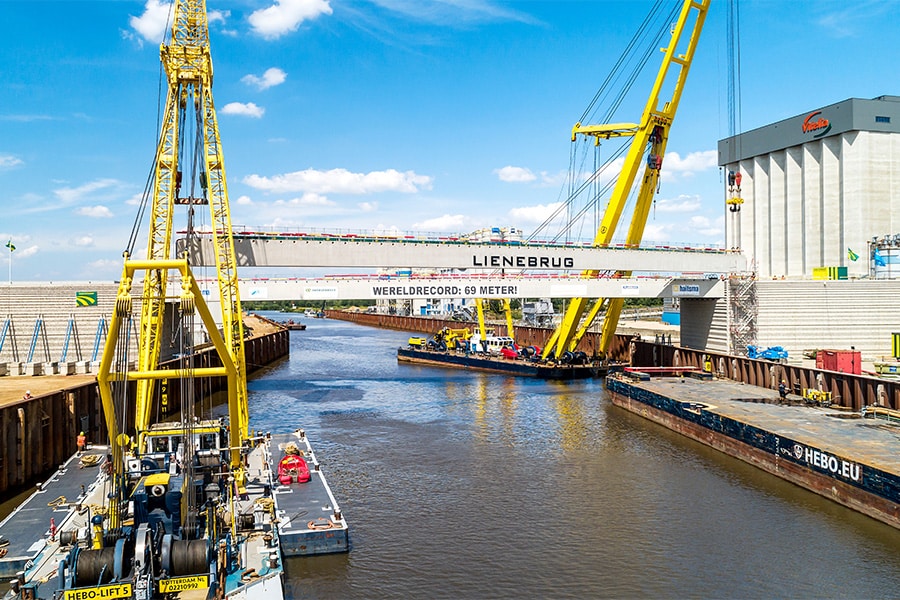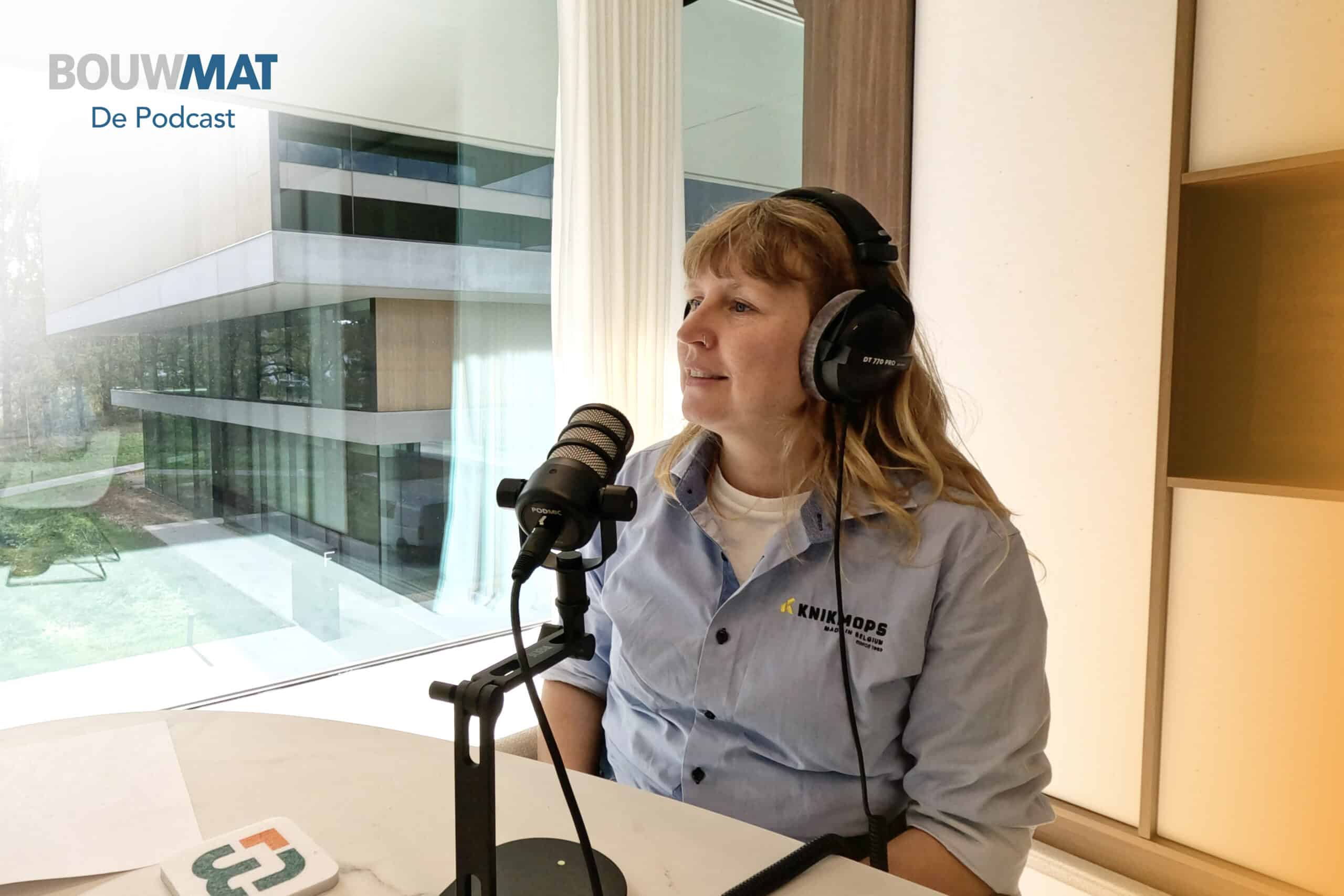
Use of recycled plastic in shoring
The use of recycled plastic in shoring is an alternative to the commonly used hardwood. The advantage of recycled plastic is its longer life. In contact with water, plastic has a lifespan of up to 50 years. And at the end of that, it is reusable.
Does plastic have a lower carbon emissions or footprint than wood?
In the shoring of Hip Groen, European softwood is combined with recycled plastic HDPE. Below the waterline the softwood is applied which does not rot because there is no oxygen under water. This was invented by the Romans and was already applied back then. Spruce wood has much lower emissions and is therefore less of a burden on the environment than plastic. This is why we choose a maximum of ten to fifteen percent plastic per linear meter of shoring in our system. Plastic is only used where pinewood is not sufficient.

Wood absorbs CO2 during tree growth, and our softwood comes from production forests in the Netherlands, Germany and Belgium. The CO2 released during production is recaptured in the new planting and is therefore CO2 neutral. Plastic does have a large environmental impact, partly due to the intensive production process; it is extracted from petroleum and transport to the Netherlands is more taxing. But with the right combination of materials, the HIP Green has a very low environmental impact.
What is the quality of plastic?
This depends greatly on which types are used. Mixing different types of plastic such as polypropylene and polyethylene creates a compound that does not adhere as well as when only one type is used. This can cause the material to lose its strength sooner. Also at frost, the glass point, at which the material breaks, is many times lower than for mixed plastics of low quality. Especially under stresses such as crushing ice, there is a risk of breaking. To make low-grade plastic stronger, additives such as glass fiber are often added. This, in turn, is disadvantageous in any recycling of the material. The plastic used in the HIP green shoring is therefore of one type, namely 100 percent recycled HDPE: the highest quality and very strong.
HDPE has been tried and tested for many years, including in the use of drinking water pipes. It is resistant to degrees of minus 80 Celsius. By not mixing it, it can also be reused several times without the loss of strength. The product also complies with the reduction in use of low-grade plastics required by law.




